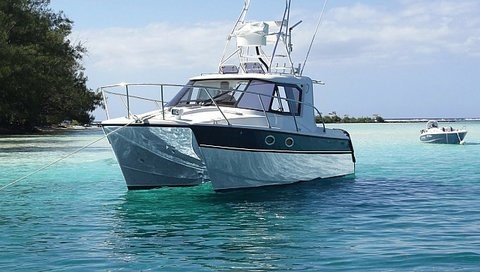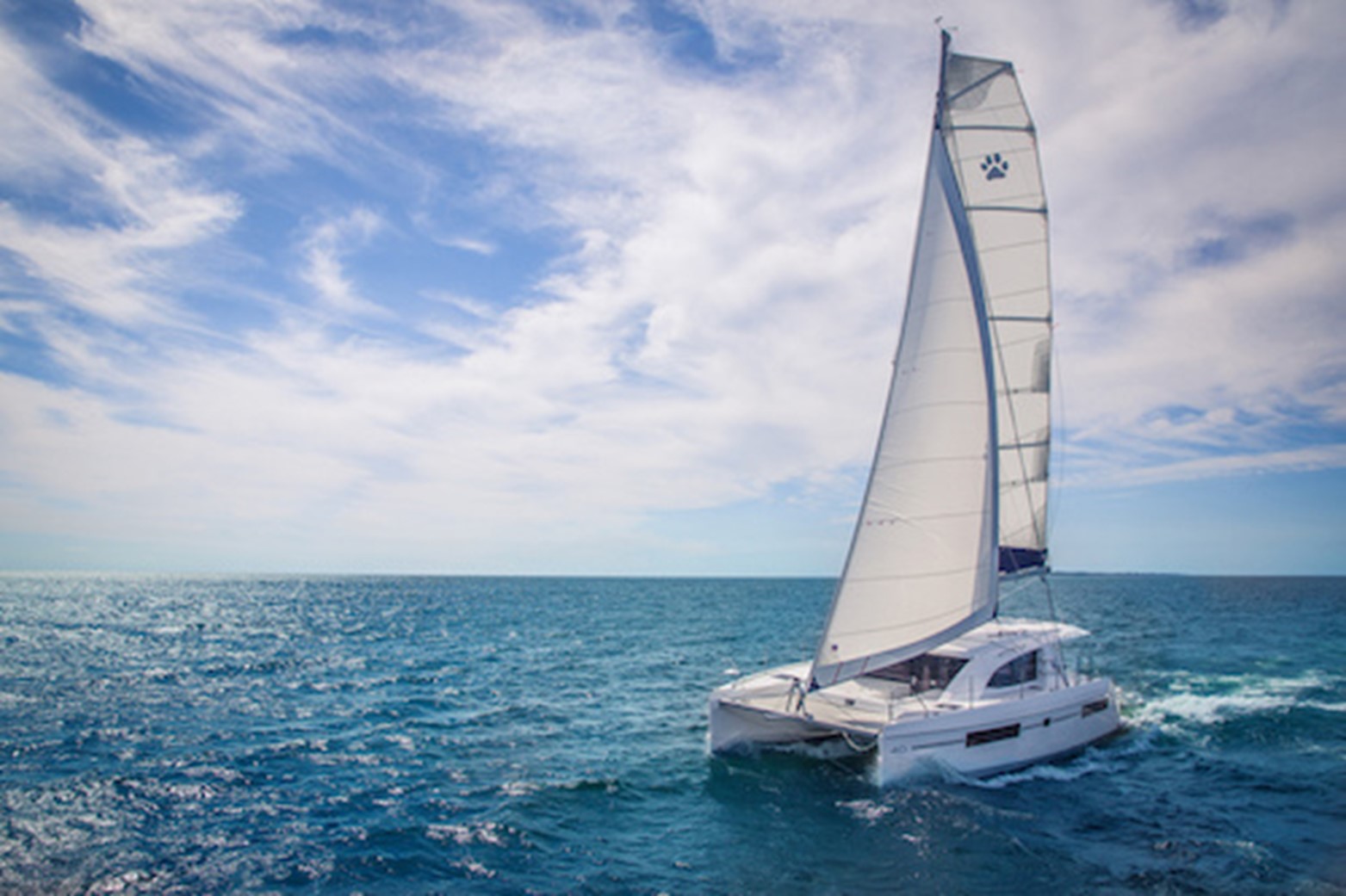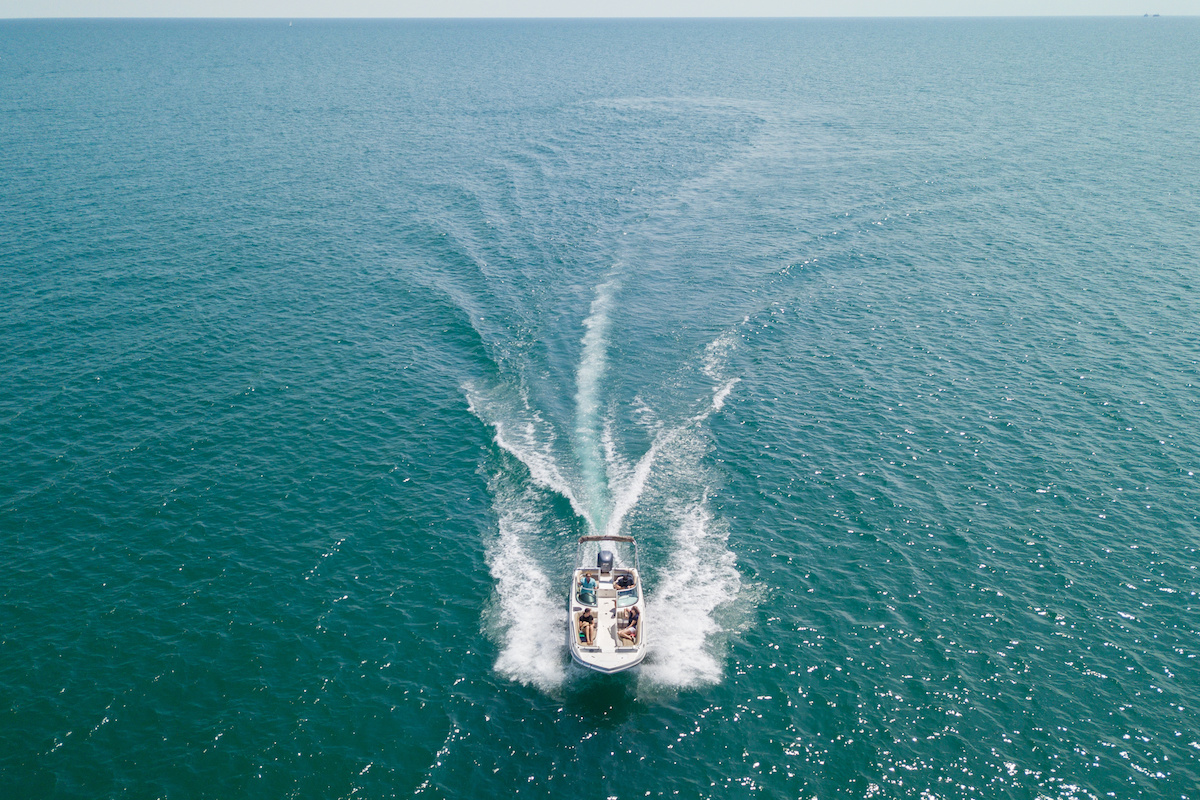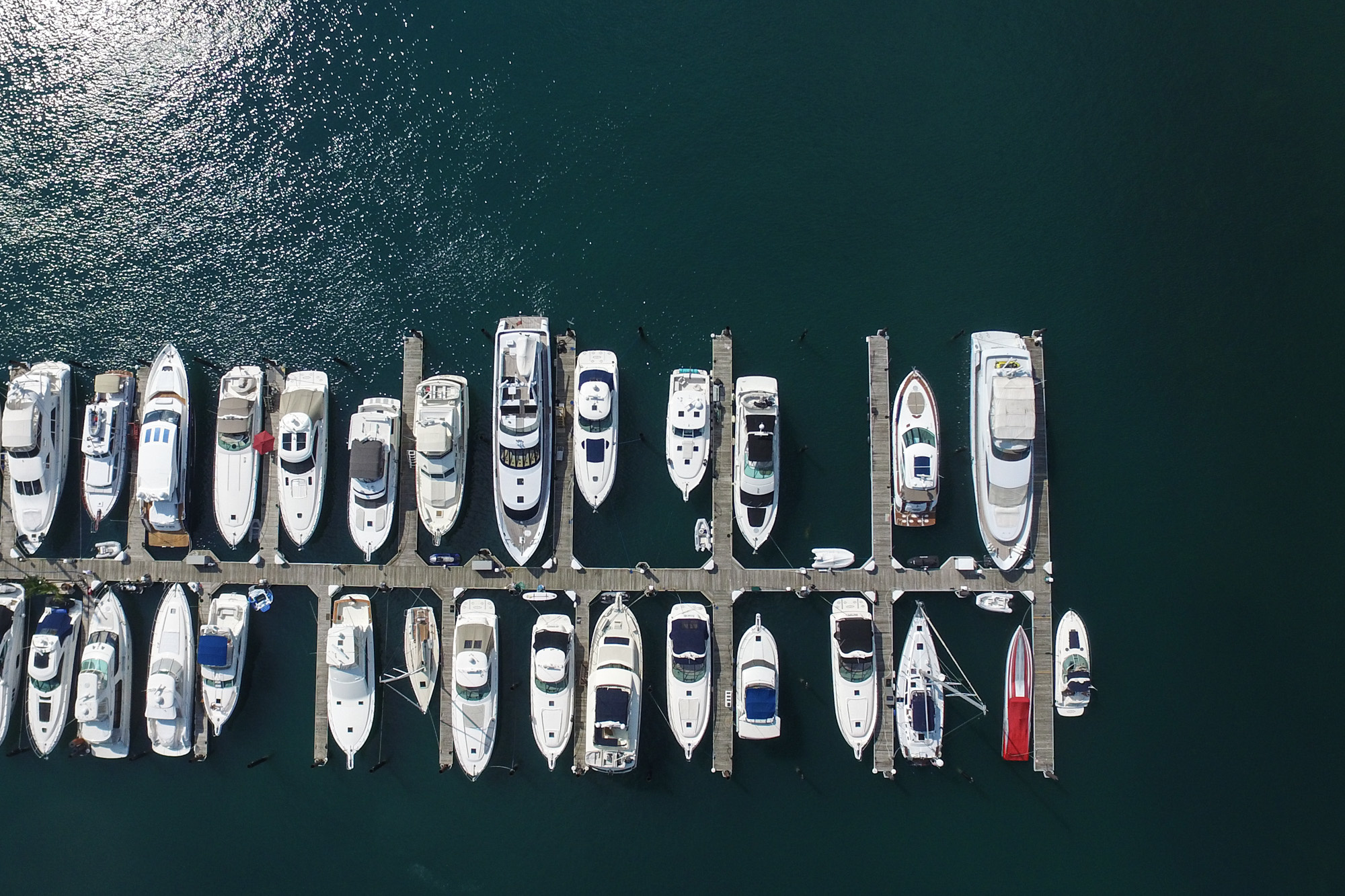Catamarans are gaining popularity for their stability, speed, and spacious design, making them an excellent choice for both sailing and motoring. Whether you're new to boating or a seasoned sailor, knowing how to drive a catamaran and dock a catamaran can be a challenge at first, especially considering its unique dual-hull design.
This guide will walk you through the essentials, from understanding the basic mechanics to fine-tuning your docking skills.
Understanding the Catamaran's Unique Features
Before learning how to drive a catamaran, it's essential to understand the boat's distinct features:
- Twin Hulls: The dual hulls provide enhanced stability but can make tight maneuvers tricky.
- Twin Propellers: With engines set far apart, catamarans can turn on their own length, which is a huge advantage in close-quarters situations.
With this in mind, look at the steps to drive and dock a catamaran properly.
How to Drive a Catamaran: The Basics
Driving a catamaran boat requires coordination, especially because of the twin engines. Here's how you can efficiently drive a catamaran:
1. Familiarize Yourself with the Controls
Understanding the primary controls is essential for smooth operation:
- Throttle: Controls the speed.
- Rudder and Steering: Used for turning the boat. Some catamarans allow you to steer using just the engines, making the rudder less essential at low speeds.
- Engines: Most catamarans have two engines, which you control independently for better maneuverability.
2. Start the Engines
Turn on both engines and ensure they are in neutral before you begin. Keep the rudders centered to simplify your maneuvers at low speeds.
3. Steering with the Engines
The key to driving a catamaran lies in using the twin engines:
- Use One Engine at a Time: At low speeds, using one engine at a time is usually best to avoid overpowering a simple turn.
- Reverse and Forward Power: Powering forward with one engine while reversing the other allows the catamaran to pivot, making sharp turns easier.
4. Turning the Catamaran
To turn, use the engines. If you want to turn left, engage the starboard engine in reverse and the port engine in forward. For the opposite direction, switch the roles of the engines.
5. Handling in Reverse
Catamarans are quick to respond in reverse. Use this to your advantage when maneuvering in tight spaces, adjusting the throttle slowly to control speed and direction.

How to Dock a Catamaran: The Essentials
Docking a catamaran boat differs from docking other vessels due to the wide beam. Here's how to dock a catamaran smoothly and safely:
1. Plan Your Approach
Before you dock, survey the docking area. Consider factors such as wind and current, which can affect how the catamaran behaves. It's better to come in at a sharper angle for easier control.
2. Position Your Catamaran
When docking a catamaran:
- If coming into a portside tie-up, approach the dock slightly ahead of the spot where you want to park.
- Use the engines to pivot the boat into position. You can steer by using one engine forward and the other in reverse.
3. Use Your Engines for Precision
Since catamarans don't coast well due to the lack of a deep keel, you'll need to use both engines to pivot the boat into place.
- Forward and Reverse Power: For clean docking, apply forward power on one engine and reverse on the other to gently pivot the boat toward the dock.
4. Handling Tight Spaces
When docking a catamaran in a confined space, ensure you have enough room to maneuver. If necessary, back out of a tight spot using the engines to pivot and reverse.
5. Tie Up Securely
Once you've docked, ensure the boat is securely tied to the dock. Use fenders to prevent damage and adjust the lines as needed to keep the boat in place.

Ready to Get Out on the Water?
Mastering the art of driving a catamaran and docking a catamaran comes with practice. Understanding the unique handling characteristics of a catamaran boat—like its dual engines and wide beam—can significantly improve your confidence and ability on the water.
Whether you're cruising through open waters or parking in a tight spot, these techniques will make your boating experience safer and more enjoyable. So, practice these steps; soon enough, you'll be maneuvering and docking your catamaran like a pro!

